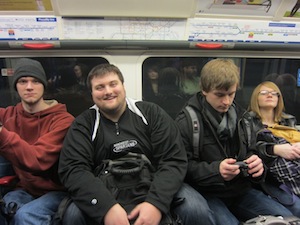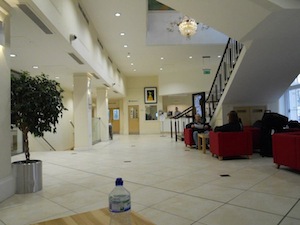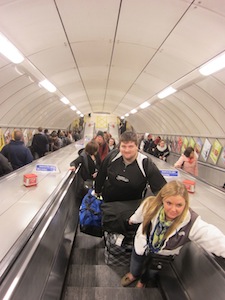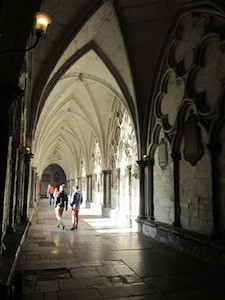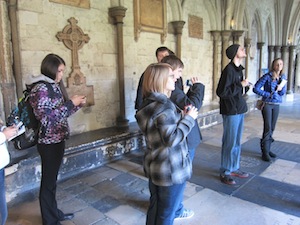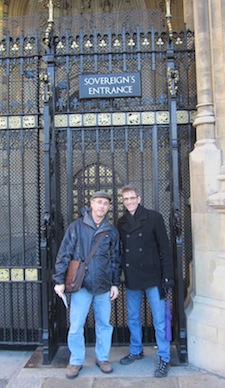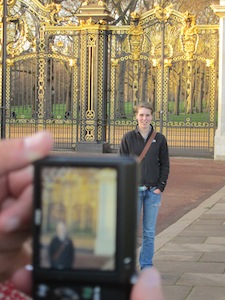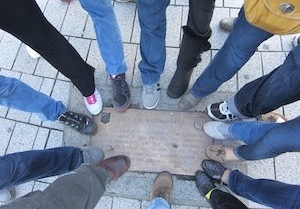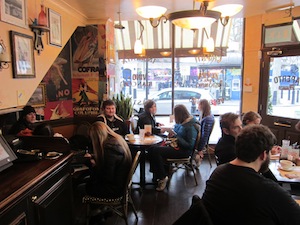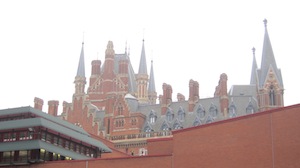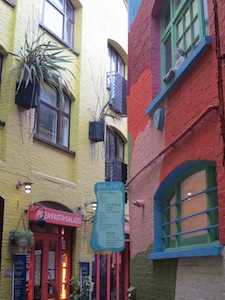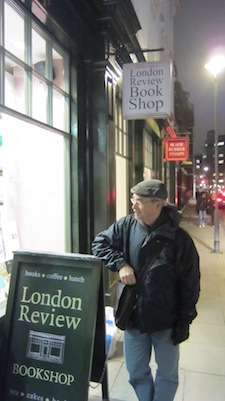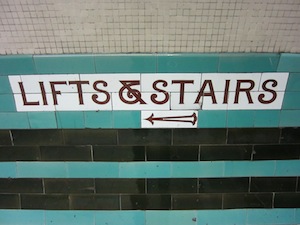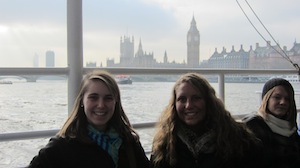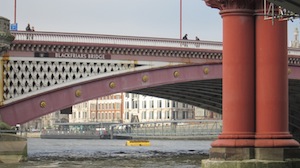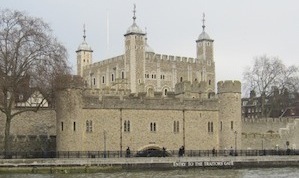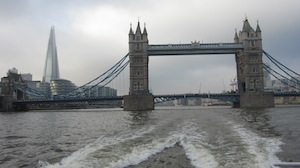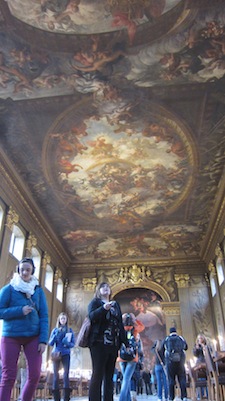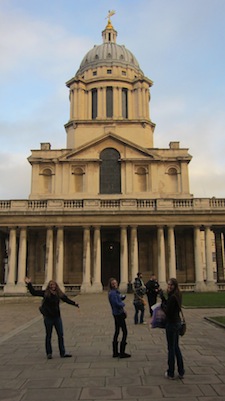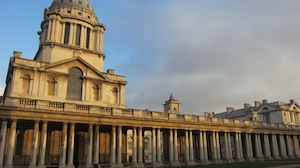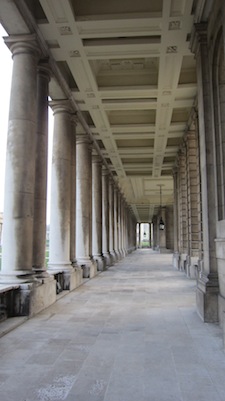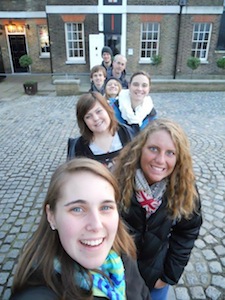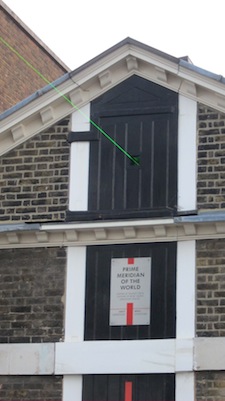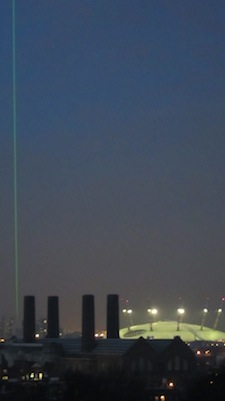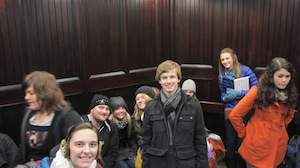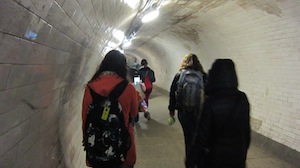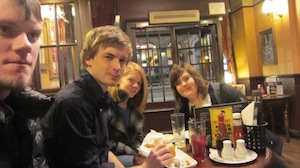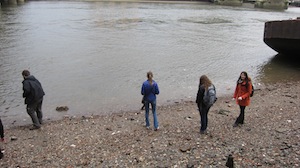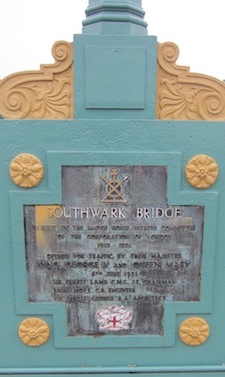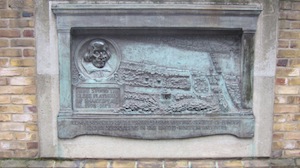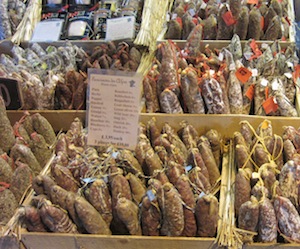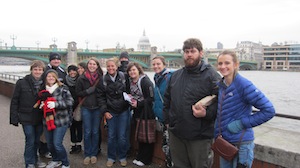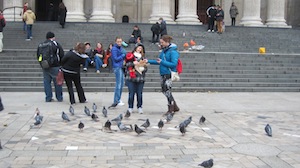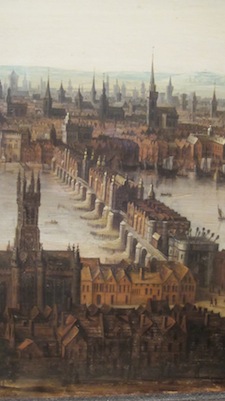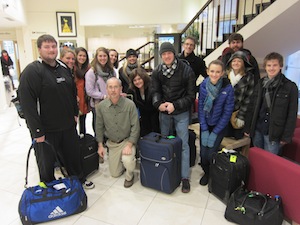The Making of the Modern Mind

Manchester University, January 2017 (IDIV 240) Instructors: Greg Clark & Steve Naragon
2013—London
Photos from the January 2013 Class: London
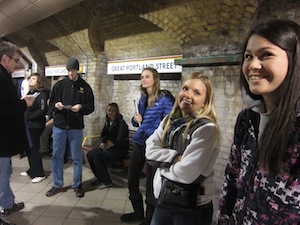
Waiting for the train at our local station. The world's first underground railway — the Metropolitan, pulled by a steam engine — ran along this stretch. It opened on January 10, 1863, and so we were in town for the 150 year celebrations.
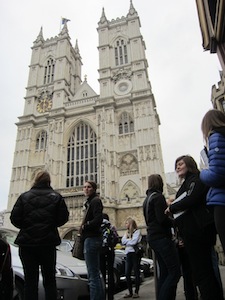
The current Westminster Abbey is 700 years old, although these towers on the west façade date from just 1745 (designed by Nicholas Hawksmoor, a pupil of Wren); the Abbey’s 10 bells hang in the south tower.
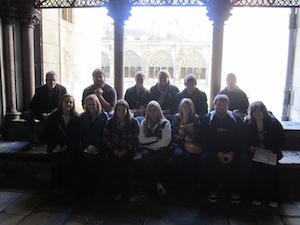
Every king and queen of England since William the Conqueror — crowned in 1066 on Christmas Day — has been crowned in Westminster Abbey, and thirty of them are buried here, along with over 3500 other people.
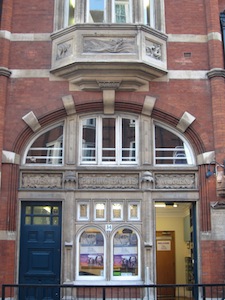
The old Westminster Public Baths on Great Smith Street, built in 1891. The panels of swimmers were done by Henry Poole.
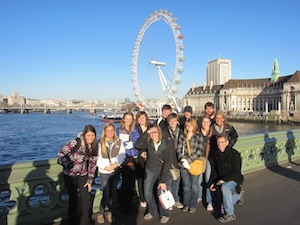
Westminster Bridge was first built in 1750, prior to which London Bridge was the only bridge across the Thames near London. The current bridge dates from 1862, and is now the oldest bridge in London.
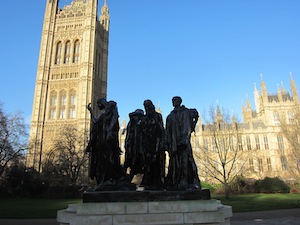
One of twelve castings of Rodin's "Les Bourgeois de Calais", which commemorates the English siege of Calais in 1347. The Victoria Tower (of Westminster Palace) is in the background.
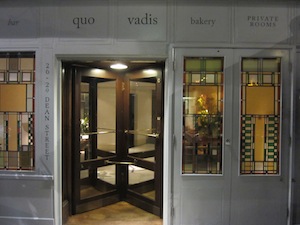
A group of us searched the streets of Soho looking for Karl Marx's old house at 28 Dean Street; all we found was the upscale restaurant Quo Vadis.
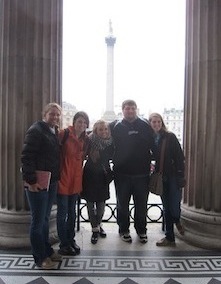
At the National Gallery, with Nelson’s Column in the background. This granite column, with Admiral Nelson standing on top, was completed in 1854. His hat is 170 feet up in the air.
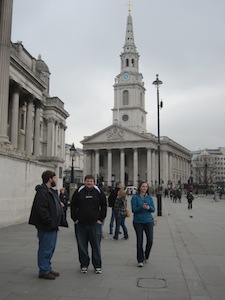
In front of the National Gallery; in the background stands St Martin in the Fields (built in 1722, when there were still fields here).
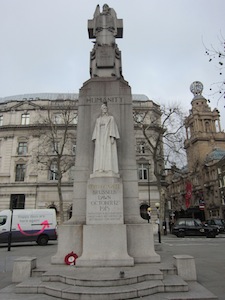
Edith Cavell was thought to be a spy during World War I and was shot. Her monument stands on St. Martin's Place.
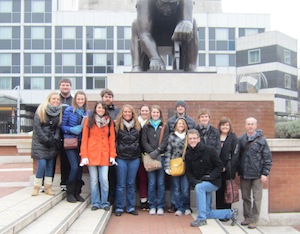
In front of the British Library, one of the greatest collections of books and manuscripts in the world. Moved to its present location in 1973, it is the largest public building constructed in the United Kingdom during the 20th century.
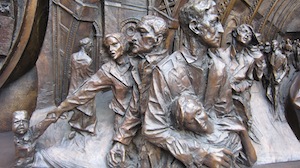
In the hall of St. Pancras, there is a frieze circling the pediment of a 30 foot high bronze statue of an embracing couple on the railway platform, by British sculptor Paul Day.
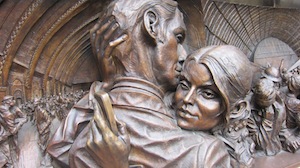
Another detail from the Paul Day frieze in St Pancras (the young woman is no doubt checking her Facebook page while seeing her beloved off at the station...)
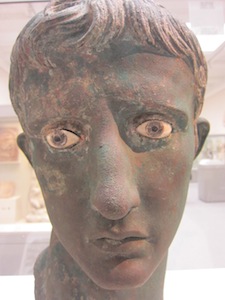
In the British Museum: Augustus, founder and first emperor of the Roman Empire, ruled from 27 BCE until his death in 14 CE. This Egyptian bronze head — with eyes of glass and stone — was made near the beginning of his rule.
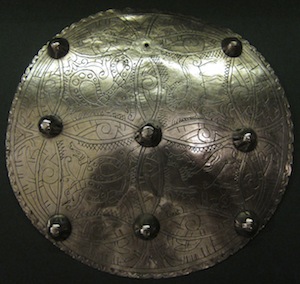
In the British Museum: This 11th century brooch — now known as "Aedwen's Brooch" — was discovered by a plowman in 1694. The Old English inscription on the back reads: "Aedwen owns me, may the Lord own her. May the Lord curse him who takes me from her."
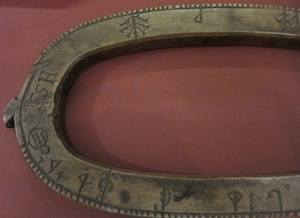
In the British Museum: A Norwegian runic calendar from the 17th century. These runes date from the 4th century, and derived from the alphabet of ancient Greek settlers.
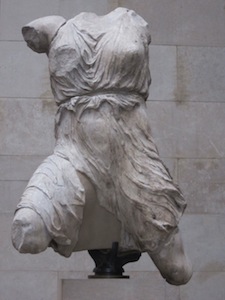
In the British Museum: The messenger god Iris, here with neither wings nor legs, is part of the west pediment of the famous Elgin Marbles, which were moved in the early 19th century from the debris of the Athenian Parthenon and placed in the British Museum.
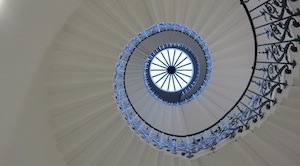
Tulip stairs in the Queen's House (Greenwich) — built in 1635 as the first self-supporting spiral stairs in Britain. Named after the pattern in the wrought-iron ballustrade, which is actually the fleurs-de-lis (symbol of the queen's Bourbon family).
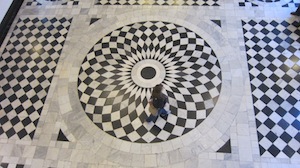
The Queen's House was designed by Inigo Jones and finished in 1638, becoming England's first "Classical" building. The Great Hall, shown here from the balcony, forms a perfect cube, 40 feet to a side.
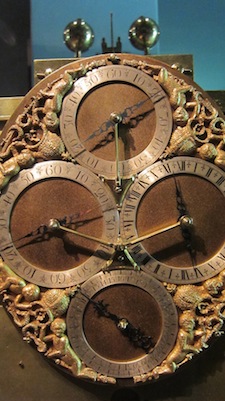
John Harrison's first timekeeper. It took five years to build, and was tested in 1736 on a sea voyage to Lisbon and back. It was the most accurate sea-going clock of its day, but not quite accurate enough to win him the prize money (for being able to accurately determine one's longitude while at sea). And what is the connection between timekeeping and knowing one's longitude? Google 'John Harrison'.
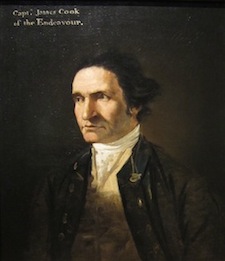
This painting of Capt. James Cook (1744-1797), hanging in the Nautical Museum, was painted near the end or after Cook's second voyage to the South Pacific.
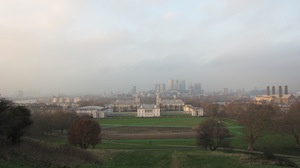
A view of Greenwich, from the Observatory. The Queen's House is in the front center, with colonnades extending from either side.
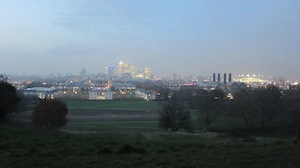
The city lighting up. The buildings in the center are on Canary Wharf. The four smokestacks are the old Greenwich Power Station (it is still used as a backup to provide electricity for the London Underground). To its right is the O2 arena.
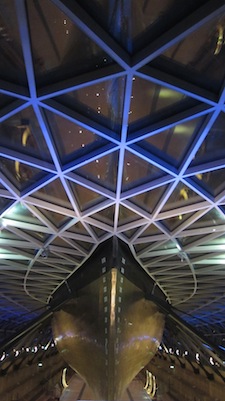
The hull of the Cutty Sark, the last of the great China tea clippers. Launched in 1869, it could sail 300 miles per day on the open seas.
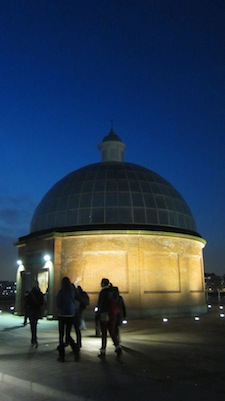
The Greenwich-side entrance to the pedestrian tunnel under the Thames. Construction began in 1825, and it was opened to the public in 1843 — the world's first underwater tunnel.
Manchester University // Registrar // MU Study Abroad // Last updated: 8 Jul 2013

